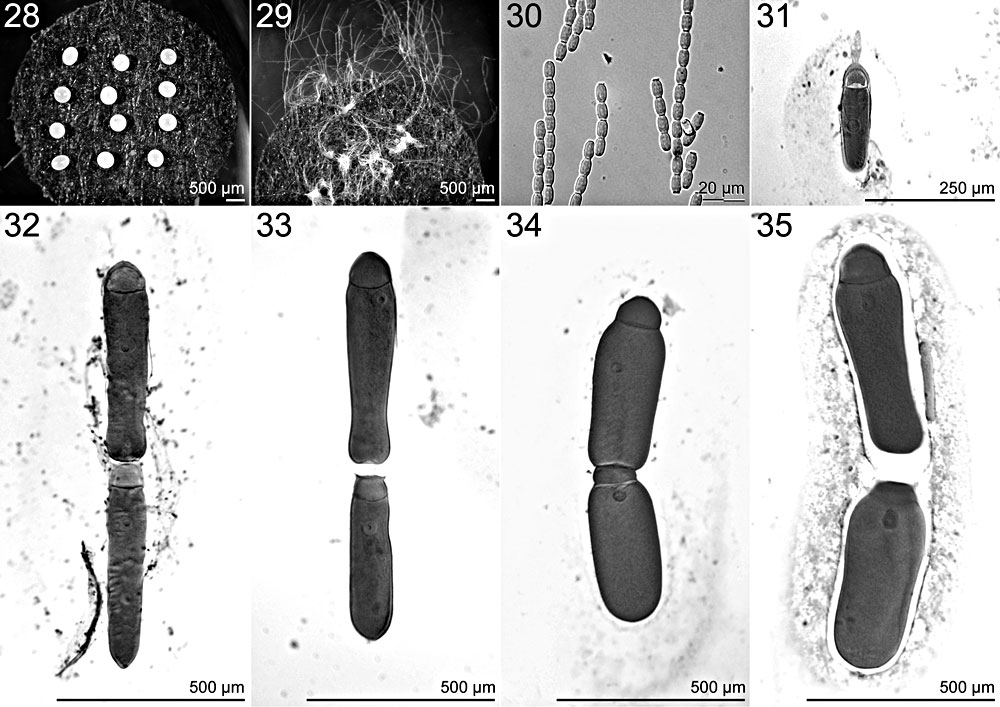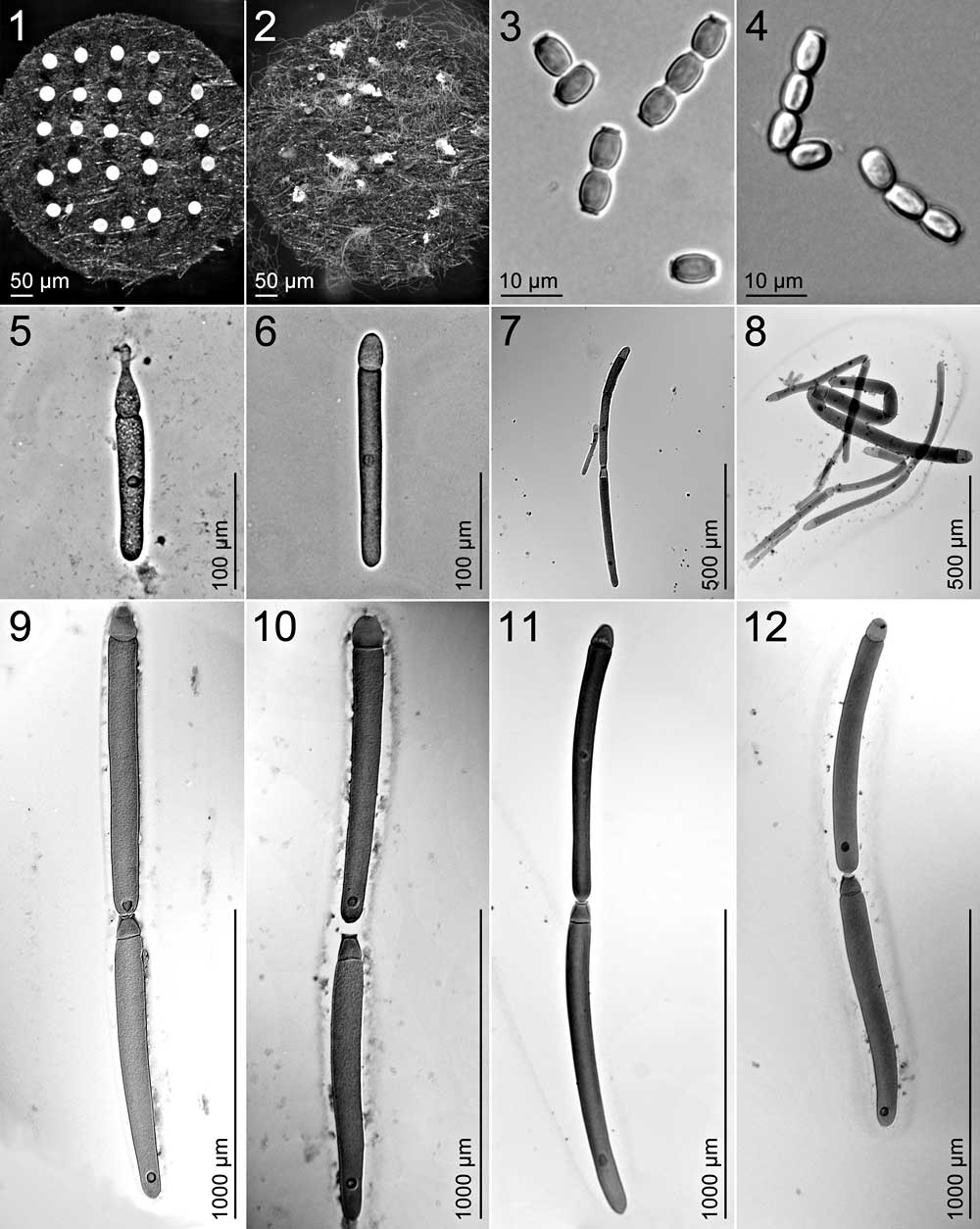Gregarines from Blaberus boliviensis
The bolivian cockroach, Blaberus boliviensis, is apparently endemic to Bolivia: we are aware of no collection from a wild population report outside Bolivia, but this may be an artifact of sampling rather than a true distributional limit.
The bolivian cockroach hosts 2 gregarine species: Blabericola princisi (Peregrine, 1970) Clopton, 2009 and Protomagalhaensia blaberae Peregrine, 1970. Both of these gregarine species were originally described from laboratory cultures of Blaberus boliviensis maintained in the Department of Zoology, Cardiff University, Wales, United Kingdom. We redescribed both Blabericola princisi and Protomagalhaensia blaberae to stabilize the taxa as part of our survey of gregarine biodiversity.
Clopton, R. E. 2012a. Synoptic revision of Blabericola (Apicomplexa: Eugregarinida: Blabericolidae) parasitizing blaberid cockroaches (Dictyoptera: Blaberidae) with comments on recognizing and delineating gregarine species boundaries. Journal of Parasitology 98(3): 572-583. PDF
Clopton, R. E. 2012b. Redescription of Protomagalhaensia blaberae Peregrine, 1970 (Apicomplexa: Eugregarinida: Blabericolidae) parasitizing the Bolivian Cockroach, Blaberus boliviensis (Dictyoptera: Blaberidae). Comparative Parasitology 79(2): 181-191. PDF
Clopton, R. E. 2009. Phylogenetic Relationships, Evolution, and Systematic Revision of the Septate Gregarines (Apicomplexa: Eugregarinorida: Septatorina). Comparative Parasitology 76(2): 167-190. PDF
Peregrine, P. C. 1970. Gregarines found in cockroaches of the genus Blaberus. Parasitology 61: 135–151.

Blaberus boliviensis, adult.

Blabericola princisi, life cycle stages. (28) Gametocysts. (29) Monete oocyst chains dehisced from mature gametocysts. (30) Oocysts. (31) Solitary trophozoite with epimerite. (32-35) Variation in typical mature associations. (From Clopton, 2012a).

Protomagalhaensia blaberae, life cycle stages. (1) Gametocysts. (2) Monete oocyst chains dehisced from mature gametocysts. (3) Oocysts in agar monolayer, note apical "spines" created by polar plates. (4) Oocysts freely rotating in thick water mount, note lateral depression and corpuscular appearance. (5) Solitary trophozoite with epimerite. (6) Older trophozoite without epimerite. (7, 8) Immature associations. (9-12) Variation in typical mature associations. (From Clopton, 2012b).
